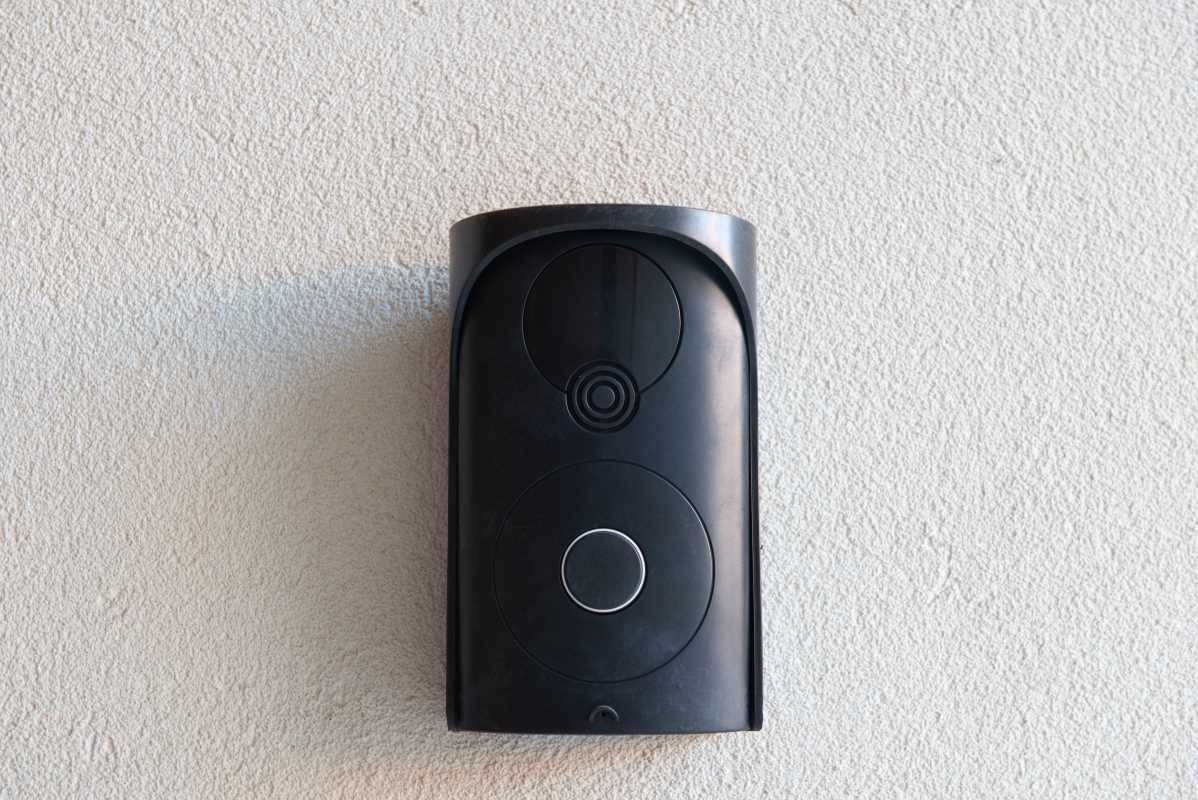Purchasing a home comes with a myriad of questions, and one that frequently causes puzzlement is understanding the scope of entry-level home warranty plans. While these plans offer a sense of security for new homeowners facing unexpected repairs, many important details remain tucked away in the fine print. This article sheds light on essential aspects of these plans, illustrates how various providers present them, and uncovers some unexpected nuances that may not be readily apparent. You may even discover insights that could save you both headaches and money in the future.
You might have seen ads for home warranty plans and wondered if they really protect you the way you think. When you look closer, not all warranty plans are created equal. Understanding the details now will help you avoid unexpected costs and feel more confident about your home investment.
The Basics of Entry-Level Home Warranties
Entry-level home warranty plans provide an affordable way to protect yourself against the high costs of repairs or replacements of home appliances and systems. These plans aim to give basic coverage without overwhelming new homeowners with high premiums. They cover common repairs like fixing the heating system or repairing major kitchen appliances, designed to ease the financial burden if something breaks down unexpectedly.
The idea behind entry-level plans is to offer a simple safety measure for daily living. Think of it like an insurance policy for your home’s essential systems. It might not cover rare or extreme scenarios, but it offers a good starting point for protecting your home without the complexity that comes with more comprehensive plans.
Major Retailers and Their Plan Highlights
Many major retailers now sell their own versions of these home warranty plans, each with its unique features. To compare the options, consider this list of retailers and the key points they emphasize:
- Walmart: Offers a plan with a basic coverage limit, easy claim processing, and affordable rates, making it accessible to many homeowners.
- Target: Provides a straightforward plan focused on appliances with minimal add-ons, keeping the plan simple and costs low.
- Best Buy: Presents a warranty plan that appeals to tech-savvy customers, balancing protection for appliances and some home entertainment systems.
- Costco: Offers a plan that combines longer coverage periods with excellent customer support, ensuring repairs are handled quickly and efficiently.
Each retailer adapts the basic idea of a home warranty to match their brand image and customer expectations. While the differences might seem subtle at first, knowing the specifics can significantly impact your overall satisfaction with a plan.
The variety of plans available means you don’t have to settle for a one-size-fits-all solution. You can choose based on which parts of your home or appliances you want to protect. These retailers aim to keep the process simple, but reading the descriptions carefully will help you identify what best fits your needs.
Unexpected Differences in the fine print
It is important to review the details because the small print can hide surprises that might affect your coverage. Sometimes, these differences catch new homeowners off guard, so understanding them can help you make a good choice. Here are some unexpected differences that might be hidden in your warranty plan:
- Coverage Limits: Some plans set a cap on the amount they will pay per repair or incident. If a repair costs more than the cap, you will need to pay the extra costs yourself.
- Exclusions and Fine Details: Certain items and issues may not be covered by the plan. For example, you might assume every faulty appliance is included, but pre-existing conditions or manufacturer defects are often excluded.
- Waiting Periods: Several plans require a waiting period before you can use the coverage. This could mean waiting 30 days or more, which is tricky if a breakdown happens right after you sign up.
- Service Fees: Even with a warranty, you might need to pay a fee each time a technician visits. These fees can vary greatly between plans, affecting the overall cost-effectiveness of the warranty.
- Renewal Policies: Some warranty plans change their terms upon renewal. What starts as an attractive plan might turn into a less favorable one if the terms are adjusted when you renew your coverage.
Understanding these hidden details helps you avoid surprises when you need service the most. Always examine the limitations and small print carefully to ensure the plan truly meets your needs.
It is wise to ask for clarification on any points that seem confusing. Spending a little extra time now can save you a big headache later if a major repair falls outside your plan’s coverage.
Common Misconceptions and FAQs
Many first-time homeowners believe that all home warranty plans cover everything in a house, but this is not true. It is common to assume that a warranty plan will cover all repairs, including unexpected disasters. In reality, most entry-level plans focus on basic systems and do not cover damages from events like floods or fire. Clarifying this helps you avoid misconceptions later on.
Another common source of confusion involves the repair process. Homeowners might think service calls guarantee immediate repair appointments, but some plans have longer scheduling times due to technician availability. Here are some frequently asked questions and their answers:
- Will my plan cover pre-existing issues? Most warranty plans exclude problems that existed before the plan started. Always check when coverage begins so you know what qualifies.
- Do I have to pay a service fee for every repair? Yes, many plans include a service fee per call, so you should budget for this extra expense.
- Can I upgrade my plan later? Some retailers allow you to upgrade for additional coverage, but the upgraded plan might come with higher premiums and different rules.
Addressing these uncertainties helps you avoid surprises when you file a claim. Home warranty plans are meant to be helpful backups, not catch-all solutions for every home problem.
It is a good idea to contact customer service before signing any contract to get clear, straightforward answers to these common questions. This proactive step often prevents problems later on.
Tips for Choosing the Right Plan
Selecting the right warranty plan involves more than choosing the cheapest option. Learn what you need covered and consider your home’s specific setup. Here are some useful tips to guide your decision:
- Review the coverage details carefully, making sure the plan covers the systems and appliances you prioritize. Pay attention to limitations and exclusions.
- Ask about waiting periods and service fees, since you want to know when your coverage begins and what costs might be added on top of the premium.
- Research customer reviews to learn about the reliability of the service and how efficient and friendly the claim process is.
- Compare renewal terms so you understand how your plan might change over time. It is important to know if the plan will stay the same or if adjustments could make it less beneficial later.
- Think about optional add-ons that offer extra coverage for systems your home depends on. Sometimes, paying a little more can give you much better protection.
This approach protects your home and ensures you choose a warranty plan that fits your needs and budget. With this understanding, you can enjoy your new home with confidence.
 (Image via
(Image via





